Mastering JSON to Tabular Conversion: A Comprehensive Guide
Switching data formats efficiently is essential for modern data processing. JSON (JavaScript Object Notation) is a popular data exchange format due to its flexibility, while tabular formats like CSV or Excel are often preferred for analysis and visualization. This guide covers various methods to convert JSON to tabular format, enhancing your workflow for data analysis and visualization.
Understanding JSON and Tabular Formats
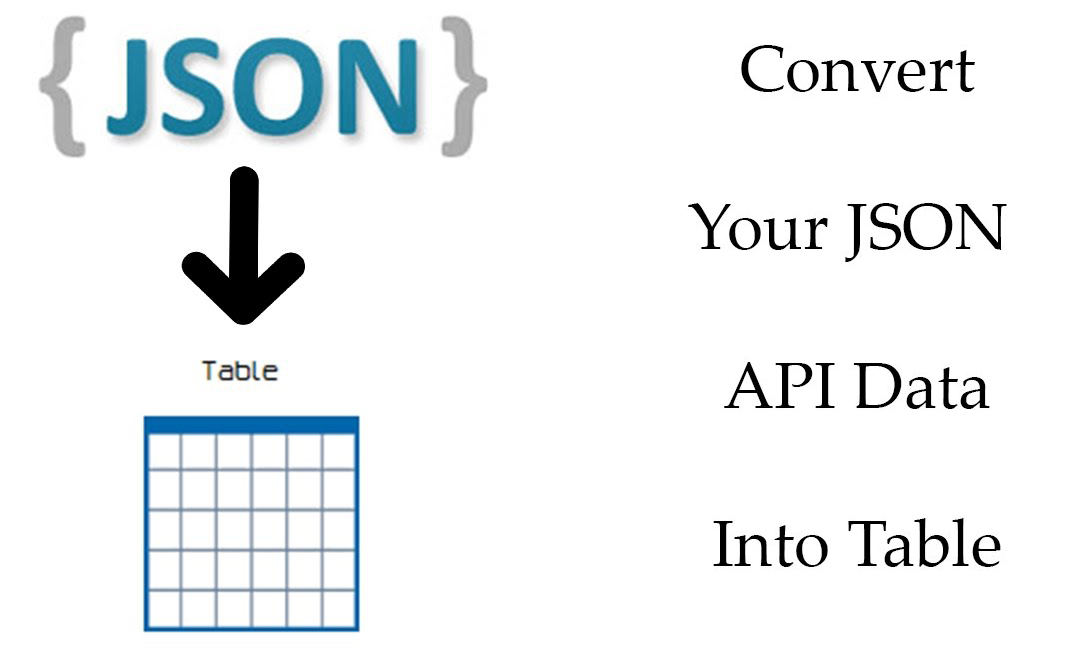
Before we delve into the conversion methods, it's crucial to understand the fundamental differences between JSON and tabular formats.
JSON Format
JSON is a lightweight, text-based format that's easy for both humans and machines to read and write. It consists of two structures:
- Objects: Collections of name/value pairs.
- Arrays: Ordered lists of values.
Example JSON:
{
"name": "Jane Doe",
"age": 28,
"city": "Los Angeles",
"hobbies": ["running", "painting", "coding"]
}
Tabular Format
Tabular data is organized in rows and columns, making it ideal for data analysis and visualization. Common tabular formats include CSV and Excel spreadsheets.
Example Tabular Data:
| name | age | city | hobbies |
|---|---|---|---|
| Jane Doe | 28 | Los Angeles | running, painting, coding |
Why Convert JSON to Tabular Format?
There are several benefits to converting JSON data to a tabular format:
- Data Analysis: Tools for data analysis and visualization work more effectively with tabular data.
- Readability: Tabular formats are typically easier for humans to read, especially for large datasets.
- Compatibility: Many systems and applications require tabular data for processing.
- Visualization: Creating charts and graphs is often simpler with tabular data.
Methods to Convert JSON to Tabular Format

Here, we'll explore several methods to perform this conversion, tailored to different user needs and technical skill levels.
Method 1: Using Python and Pandas
Python, with the Pandas library, is a powerful tool for data manipulation and analysis, making it ideal for JSON to tabular conversion.
Step 1: Install Required Libraries
Ensure Python is installed on your system, then install Pandas:
pip install pandas
Step 2: Read JSON Data
Load your JSON data using Pandas:
import pandas as pd
# Load JSON file
df = pd.read_json('data.json')
# If the JSON data is a string:
# df = pd.read_json(json_string)
Step 3: Handle Nested Data
Normalize nested structures if necessary:
df = pd.json_normalize(json_data)
Step 4: Export to CSV
Save the DataFrame as a CSV file:
df.to_csv('output.csv', index=False)
Notes:
- This method is versatile and handles complex JSON structures, but it requires some programming knowledge.
Method 2: Using Online JSON to CSV Converters
For a no-code solution, online converters are convenient and easy to use.
Popular Online Converters:
- JSON to CSV Converter: Paste your JSON or upload a file to convert it.
- ConvertCSV.com: Simple interface for both JSON to CSV and CSV to JSON conversions.
- JSON Editor Online: Provides editing and conversion functions.
Notes:
- These tools are user-friendly but may have limitations with large or complex datasets.
Method 3: Using Spreadsheet Software
Popular spreadsheet programs like Microsoft Excel and Google Sheets can load JSON data and convert it into a tabular format.
Using Microsoft Excel:
- Open Excel and navigate to the "Data" tab.
- Click "Get Data" > "From File" > "From JSON".
- Select your JSON file to import.
- Transform the data in the Power Query Editor if needed.
- Click "Close & Load" to view it in Excel.
Using Google Sheets:
- Go to "File" > "Import".
- Choose "Upload" and select your JSON file.
- In the import settings, select "Insert new sheet(s)" and choose "JSON" as the file type.
- Click "Import data".
Notes:
- These methods are suitable for users comfortable with spreadsheet software but may struggle with large or deeply nested JSON files.
Method 4: Using Command-Line Tools
For command-line enthusiasts, tools like jq and csvkit offer quick and efficient conversion.
Using jq and csvkit:
Use jq to flatten the JSON and pipe it to csvkit:
jq -r '.[] | [.field1, .field2, .field3] | @csv' input.json > output.csv
Install the required tools:
sudo apt-get install jq
pip install csvkit
Notes:
- This method is fast and scriptable but requires command-line proficiency and may need custom scripting for complex JSON.
Method 5: Using Database Systems
Modern databases often support JSON data types and provide functions to convert JSON to tabular formats.
Using PostgreSQL:
Query the JSON data in a tabular format:
SELECT data->>'name' AS name, (data->>'age')::int AS age FROM json_data;
Insert JSON data:
INSERT INTO json_data (data) VALUES ('{"name": "Jane", "age": 28}');
Create a table with a JSON column:
CREATE TABLE json_data (data JSONB);
Notes:
- This method is robust and integrates well with existing database workflows but requires database knowledge.
Best Practices for JSON to Tabular Conversion

When converting JSON to a tabular format, consider the following best practices:
- Handle Nested Structures: Decide how to represent nested objects or arrays.
- Preserve Data Types: Ensure data types are maintained correctly.
- Manage Missing Data: Represent null values appropriately.
- Optimize Performance: Choose efficient methods for large datasets.
- Validate Output: Check that the tabular data accurately reflects the original JSON.
Challenges in JSON to Tabular Conversion
While beneficial, JSON to tabular conversion poses several challenges:
- Loss of Hierarchy: Tabular formats may not fully represent nested structures.
- Data Duplication: Flattening data can lead to duplication.
- Complex Arrays: Handling varying structures in arrays is tricky.
- Large Datasets: Big JSON files may require special tools or techniques.
EchoAPI: Enhancing API Development and Testing
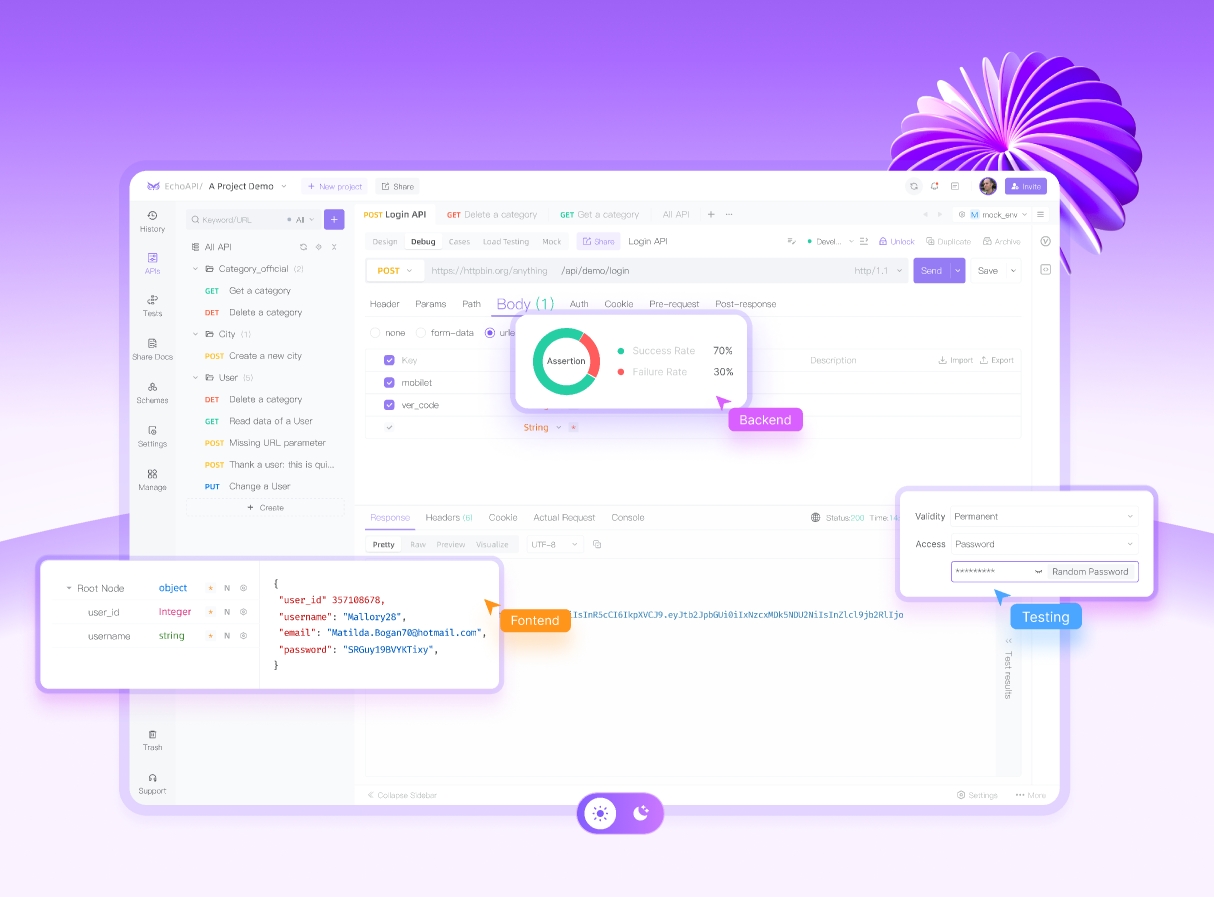
While EchoAPI isn't directly involved in JSON-to-tabular conversion, it offers valuable features for API development and testing, which often involve handling JSON data:
- API Debugging: Real-time testing with comprehensive logs.
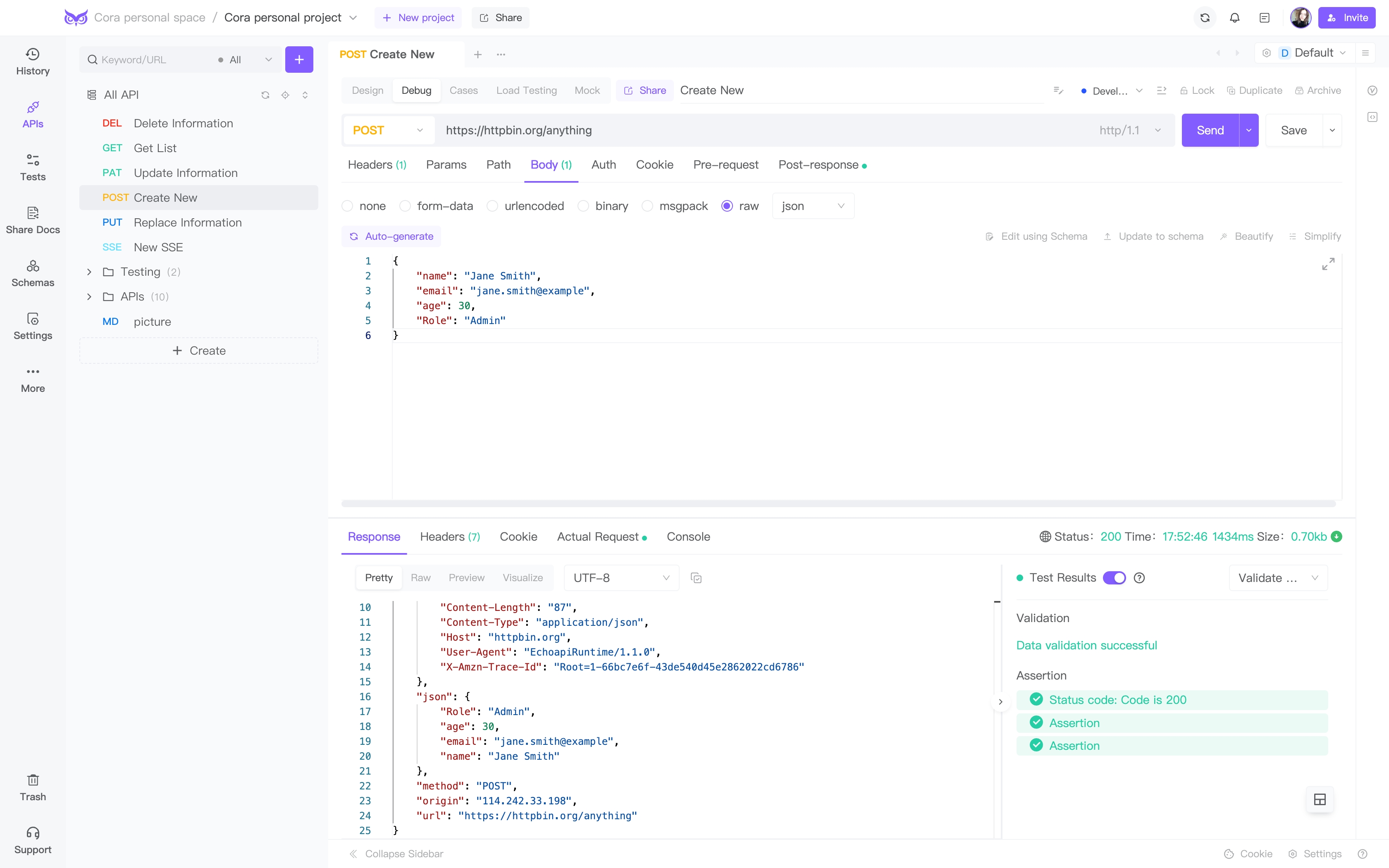
- API Testing: Supports extensive automated and manual tests.
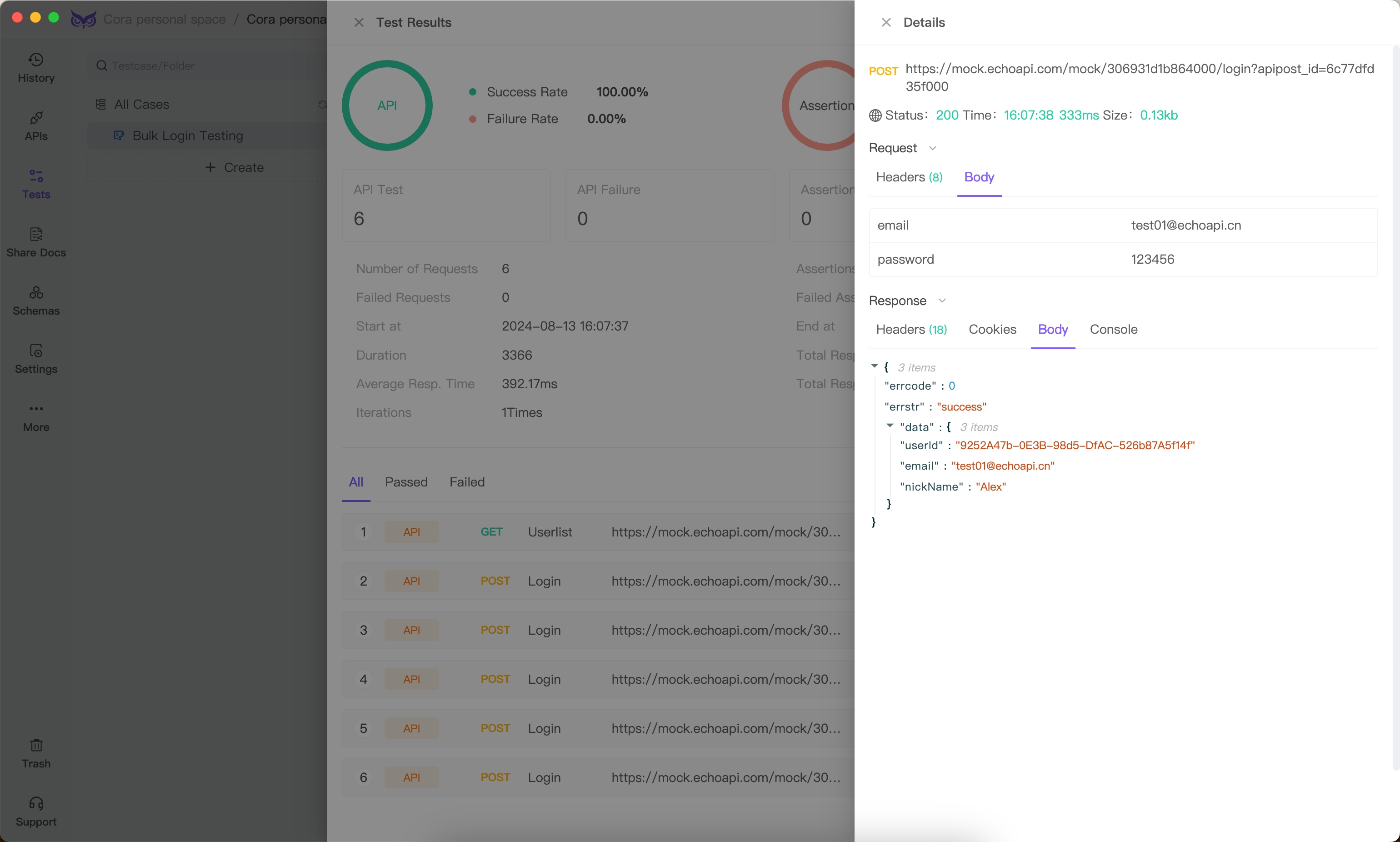
- API Mocking: Simulate API responses for frontend-backend collaboration.
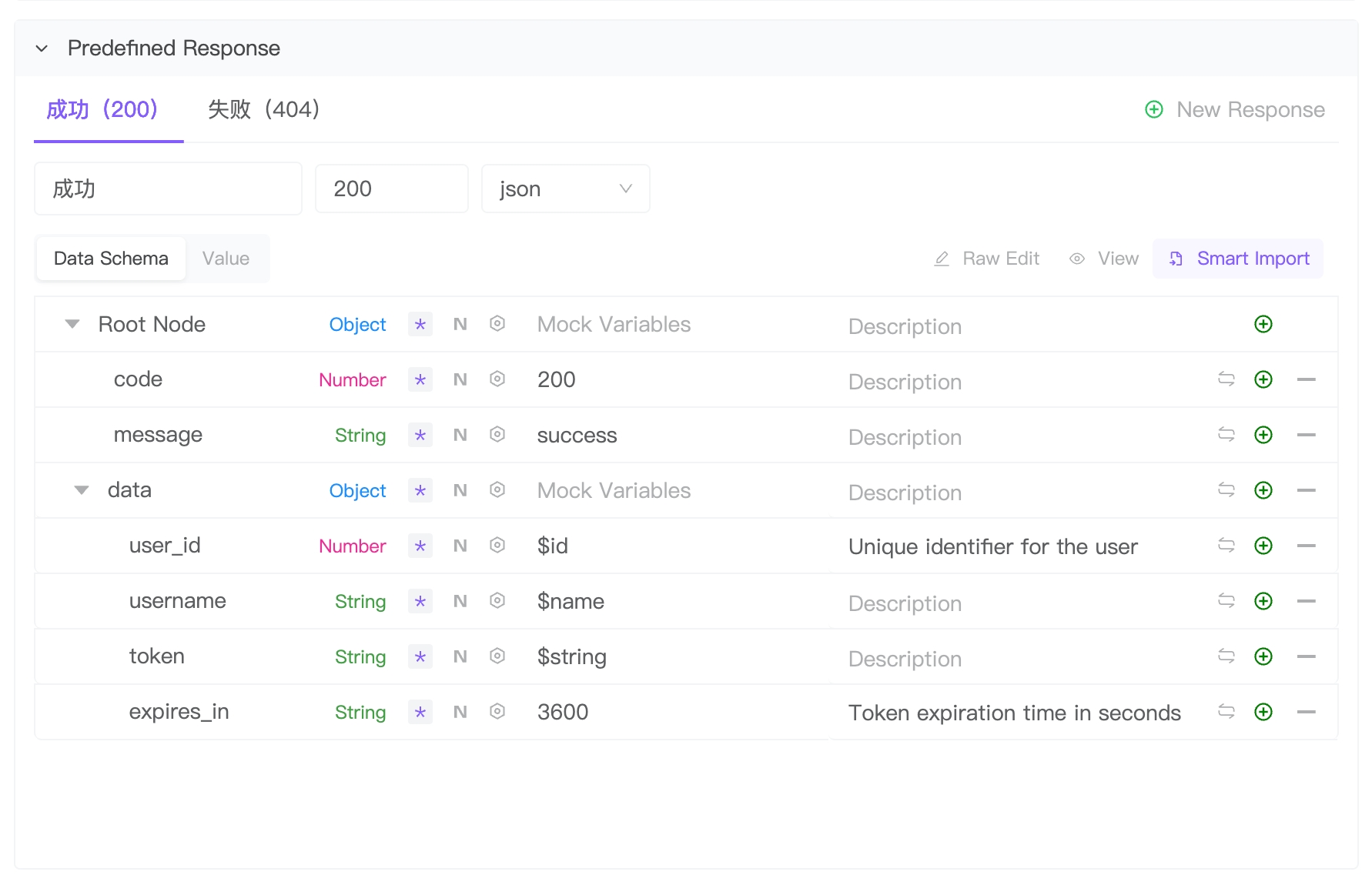
- API Collaboration: Features like Sprint Branches and Versioning facilitate team work.
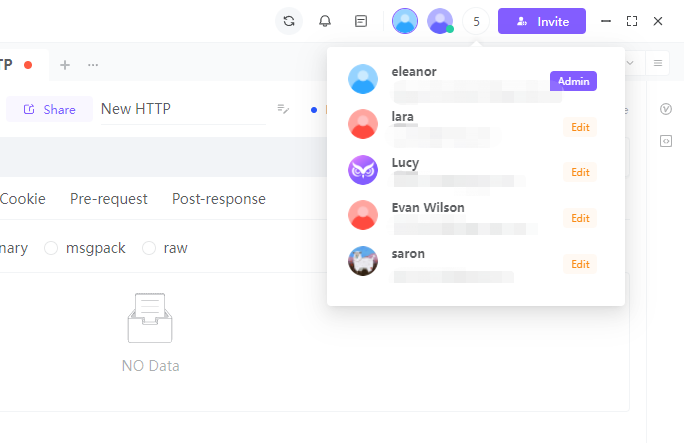
- API Documentation: Generate documentation quickly, with simple control over modifications and updates.
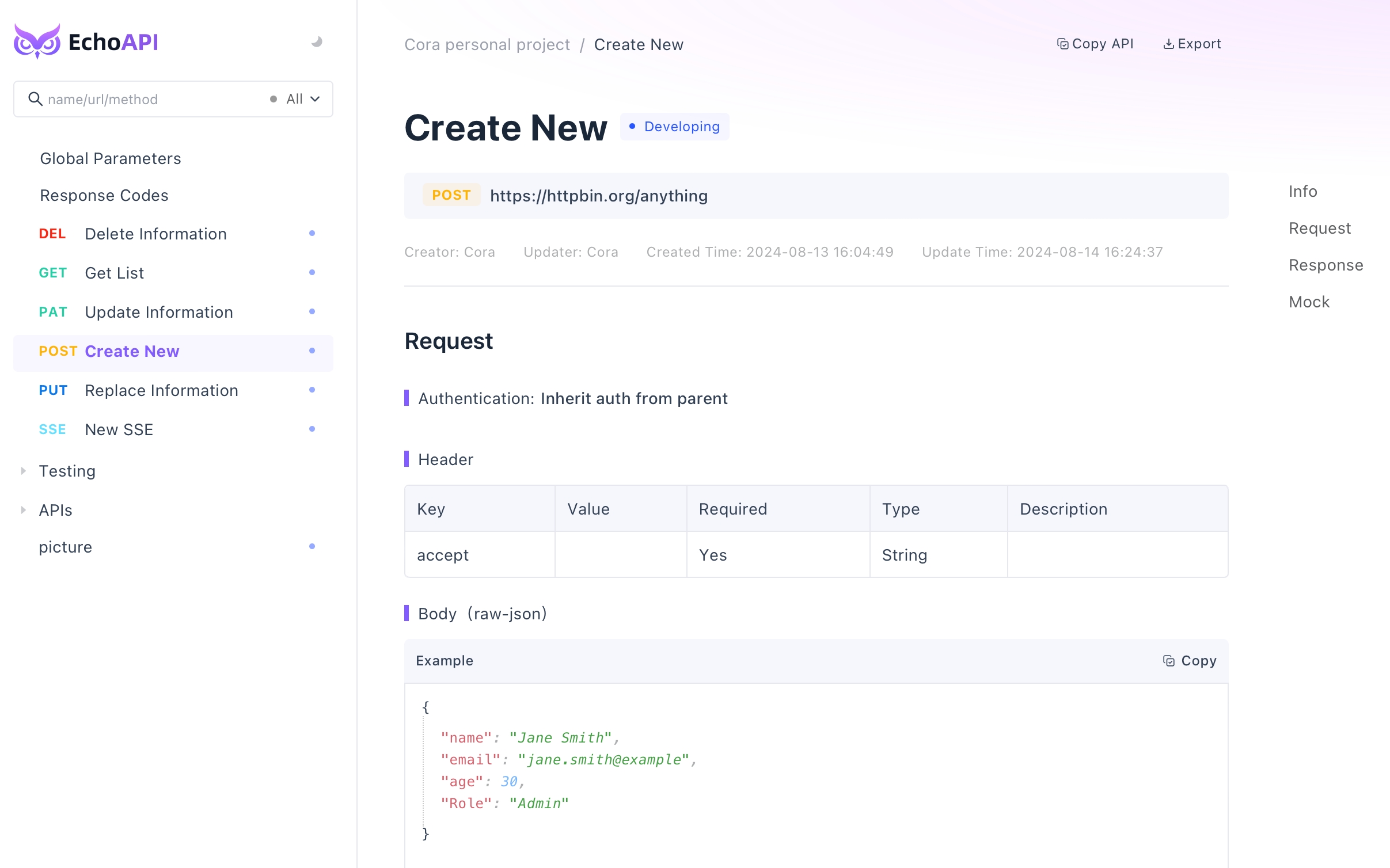
EchoAPI integrates seamlessly into development environments with plugins for IntelliJ IDEA, VS Code, and Chrome extensions, thus enhancing the overall workflow.
Conclusion
Converting JSON to tabular formats is a critical skill for data manipulation and analysis. From Python and Pandas to online tools, spreadsheet software, command-line tools, and databases, various methods suit different needs and expertise levels. By mastering these techniques, you can streamline your data processing pipeline.
Remember, the best method for you depends on your JSON data's complexity, dataset size, technical skills, and specific use cases. Additionally, tools like EchoAPI can complement your workflow, especially in API development and testing.
Embrace these techniques and tools to enhance your data analysis capabilities, making your datasets more accessible and readable. Happy converting!









 EchoAPI for VS Code
EchoAPI for VS Code

 EchoAPI for IntelliJ IDEA
EchoAPI for IntelliJ IDEA

 EchoAPl-Interceptor
EchoAPl-Interceptor

 EchoAPl CLI
EchoAPl CLI
 EchoAPI Client
EchoAPI Client API Design
API Design
 API Debug
API Debug
 API Documentation
API Documentation
 Mock Server
Mock Server




